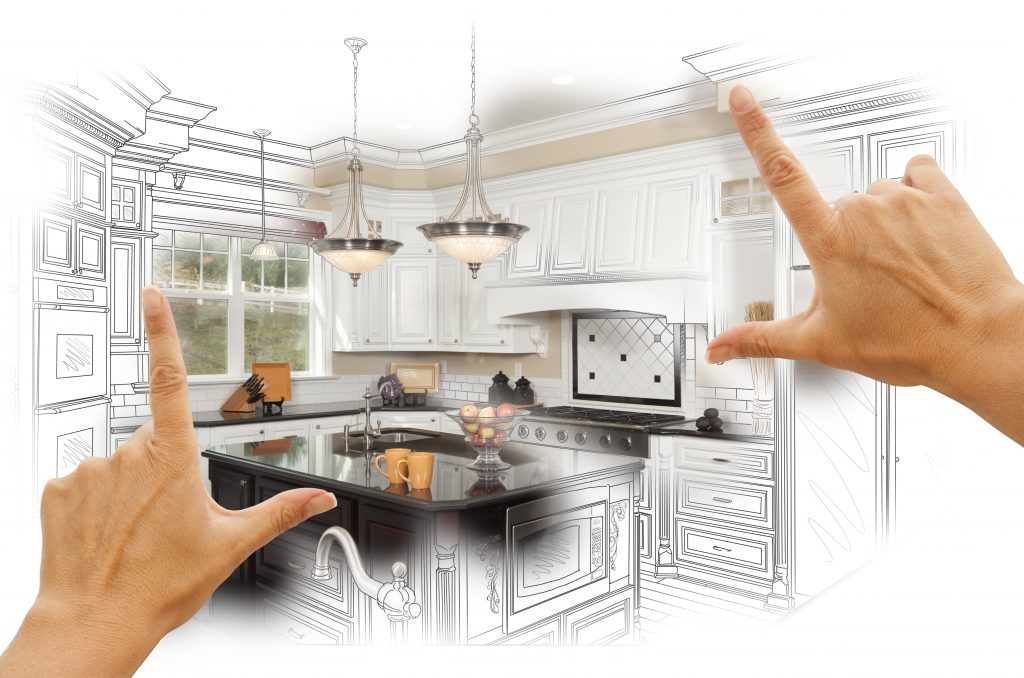Some home inspection services will also evaluate the condition of a seller’s apartment or house before listing it. This can save time during the closing process and prevent surprises. It can also help the seller decide how much to price their property and whether or not to do renovations. This service can also help avoid disputes during the sale process.
Exterior
A home inspection gives both parties a complete insight into the property. It helps homebuyers make informed buying decisions and prevents them from purchasing a house with significant issues such as a leaky roof or unfinished foundation. It also helps homeowners prepare for selling their property by highlighting repairs they need to make.
During an exterior home inspection, the inspector examines the condition of the roof, visible insulation, walls, doors, windows and foundation. They will also inspect the exterior plumbing and look for pests. The inspection may require climbing into crawl spaces and using ladders.
Olympian – Manhattan is a home inspection company that serves clients in New York City. They conduct comprehensive home and co-op inspections, including air quality and environmental hazards such as asbestos, Stachybotrys mold and radon. They also inspect structures, basements, heating and cooling systems, interiors, kitchens and baths, attics, ventilation, roofing and yards. Their starting cost is $200 – $500.
Interior
Home inspectors check the interior of a house, including the structure, drywall, ceiling, floors, carpeting, windows and doors. They also look at the plumbing systems and test for water leaks. They’ll also note the type of pipes and where the main water shutoff valve is located.
If a home inspector spots a problem, they’ll often recommend a specialist to verify the cause and give an estimate for repair costs. They’ll also point out things that the homebuyer should watch for, like signs of termite or pest infestations.
Home inspections are a vital part of the home-buying process. They can reveal significant repairs needed, potential oversights by the builder or general maintenance required to keep a home in good condition. They can also help homebuyers understand the value of a property and confidently make decisions about their purchase. However, a home inspection doesn’t guarantee that a prospective homeowner won’t encounter problems after moving in. That’s because problems don’t always show themselves immediately, and may only be discovered through routine maintenance or by a specialist.
Basements & Attics
While some architects want to do away with basements and attics, many others think they’re useful spaces that can be turned into living rooms or storage areas. They also provide an important in-between space that isn’t quite outdoors and not quite indoors.
Most home inspectors will check for signs of water damage and structural issues in the basement. They will also look for ventilation and drainage. They may recommend a professional test for radon, which is found in all types of homes. It can be dangerous to health if it builds up in enclosed spaces, but it typically dissipates quickly in well-ventilated areas.
Electrical
The electrical system operates behind the scenes but is one of the most dangerous systems in a home. If there’s an issue with it, it can cause fires, property damage and injuries. Home inspectors look carefully at this system to ensure it’s safe.
They’ll test outlets and receptacles to confirm they work and check the wiring to make sure it’s up to code. This includes looking for aluminum or knob-and-tube wiring, which can be a fire hazard. They’ll also look at the main panel to verify that it has GFCI outlets in rooms with water, which can help prevent electrical shock from a short circuit.
If breakers trip frequently, it may be because the wiring needs to be brought up-to-date. An inspector will identify this and recommend professionals for the necessary repairs. They’ll also note if there are any outlets with “push-in” connections, which have less contact with the wires and might be more likely to spark an electrical fire.

